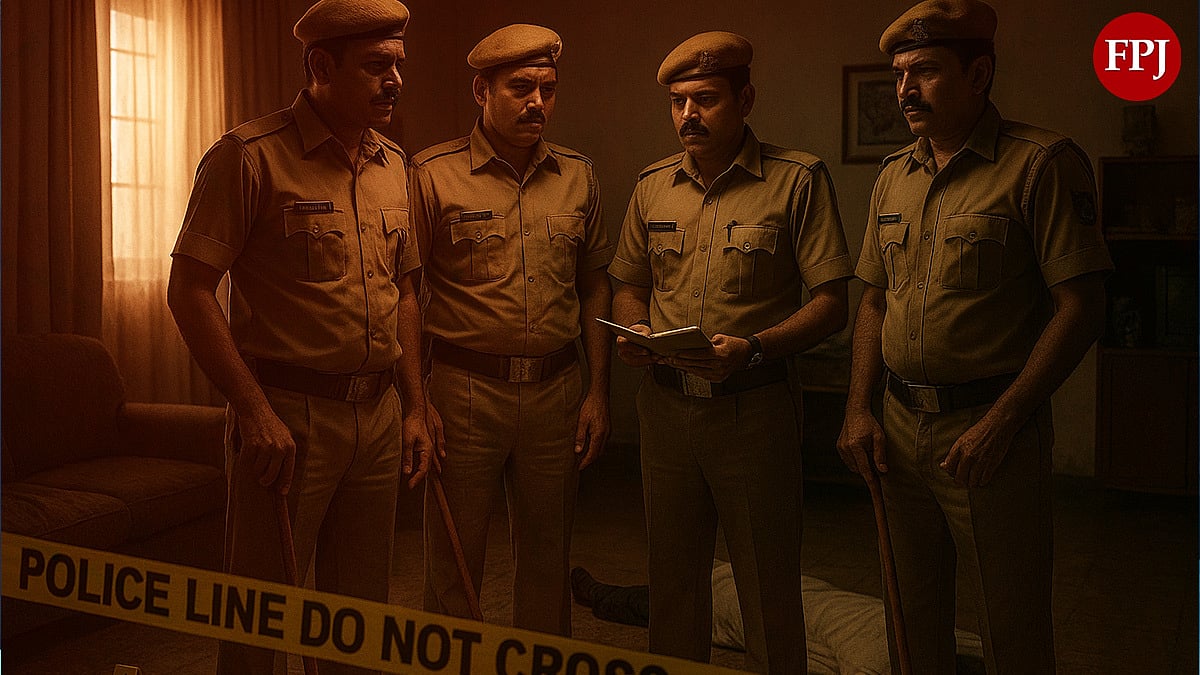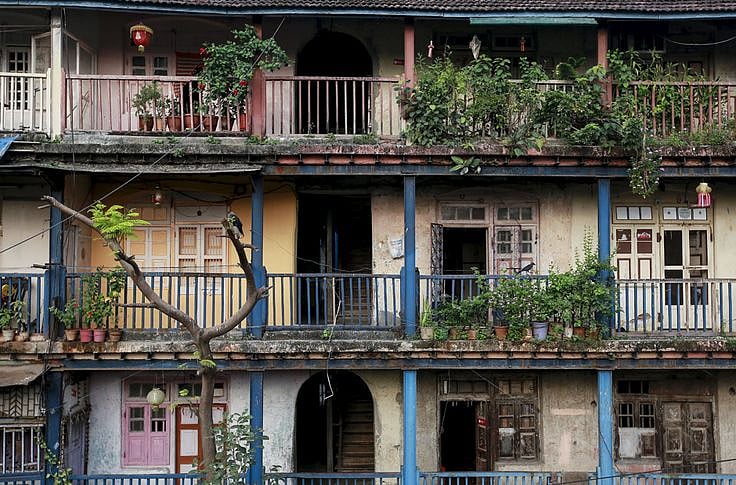A visit to a suburban railway station and a metro station offers a study in contrast: Suburban stations tend to be chaotic, with passengers often behaving in an unruly manner, while metro stations are – if not serene spaces – a lot less congested, with commuters often waiting in lines and disembarking in an orderly manner.
FPJ explores commuter behaviour at Metro and Railway stations
The Free Press Journal recently spent more than eight hours at the interconnected Ghatkopar Metro Station and suburban railway station to observe this dichotomy – why commuter behaviour differs / changes from one transit system to another – and spoke to passengers and transportation experts.
At the metro, passengers diligently queue up to board the train. However, at the suburban station below, the same commuters transform into a sea of hurried bodies.
Modern and comfortable travel experience
Mahesh Satam from Vikhroli attributed the difference in passenger behaviour to the more modern and comfortable travel experience in the metro. Suresh Nathani from Kanjurmarg blamed overcrowding in local trains, leading to chaos on platforms. Another regular commuter, Suhani Joshi from Dombivli, blamed the traffic load, stating that people worry about finding space on suburban trains, while the metro offers a more peaceful experience. Sohan Jain from Mulund said that stricter access to the metro prevented unnecessary overcrowding, leading to crowd disciplined.
Passengers said that the crowding and chaos on the stations and trains on the suburban network took a toll on civility.
The contrasting commuter culture in Mumbai’s metro and suburban trains highlight the social and cultural nuances that shape passenger behaviour. According to an activist, the stations and trains on the metro network have modern infrastructure and systematic operations, and offer a more organised travel experience. He said that passengers on the metro exhibit discipline and cultural etiquette, evident in structured queues, well-maintained platforms, and electronic systems. Commuters engage in various activities like reading, working, or having quiet conversations, contributing to a peaceful atmosphere.
Lively spirit of Mumbai’s local train network
“In contrast, suburban railway stations and trains encapsulates the lively spirit of Mumbai’s local train network. Chaos and frenetic pace characterise this microcosm, where queues are a rarity, and commuters expertly navigate through crowds to catch their trains. The urgency and adaptability associated with local trains create an environment where passengers display a different set of behaviour compared to the more composed metro travellers,” he said.
Mansoor Umar Darvesh, secretary of the Passengers and Traffic Relief Association, Mumbai, attributed the disparity in passenger behaviour to the substantial cost difference. He contrasted the perceived lack of satisfactory service provided by the suburban railway system with the services provided by the metro.
Better technology improved passenger comfort and behaviour
Passengers also said that better technology improved passenger comfort and behaviour. “The metro has zero ticket checkers, yet there are negligible ticket-less journeys on the metro network. The smart entry and exit system doesn’t cost much, but it reshapes commuter behaviour,” said Siddhesh Desai, a frequent commuter.
Railway authorities have their own perspective, and cited the huge passenger footfall at Ghatkopar’s suburban railway station. The station witnesses an average daily footfall of nearly 3.5 lakh passengers. Meanwhile, the metro, spanning from Ghatkopar to Versova, accommodates an average daily total of around 4.5 lakh passenger. According to data provided by Mumbai Metro 1, Ghatkopar is also one of the busiest metro station in the city and witnesses an average daily footfall of around 2.5 lakh (1.25 lakh entries and 1.25 lakh exits).
Cultural dynamics that contribute to the scene
Dr Harish Shetty, a noted psychiatrist, shed light on the underlying cultural dynamics that contribute to the divergent atmospheres experienced in these transit systems. One of the striking observations made by Dr Shetty is the cultural phenomenon of spitting, a behaviour that is prevalent in local trains but conspicuously absent on the metro. He attributes this difference to a sense of deterrence and punishment that is more pronounced in the metro environment. Indians, he noted, feel a sense of shame and embarrassment when behaving irresponsibly in developed countries and strive to appear modern and sophisticated. “This same behaviour extends to the contrast between the local trains and the metro in Mumbai,” he said.
Dr Shetty said Indians often view local trains as akin to a roadside eatery, leading to poor behaviour. While considered useful, local trains may not command the same level of respect as the metro, which is perceived as upmarket and modern. This perception, according to Dr Shetty, influences passenger behaviour.
Perceived sophistication of the transportation system
According to Dr Shetty, the idea that passengers need to match the perceived sophistication of the transportation system they are using seems to be deeply ingrained in Mumbai’s commuter culture. This is reflected in the treatment of different compartments within the local trains, where the behaviour in first-class compartments differs significantly from that in second-class compartments.
Transport experts also attribute the differing behaviours to cultural factors. The local trains, serving as a lifeline for Mumbaikars, evoke a sense of urgency and adaptability. Commuters have learned to navigate the crowded platforms efficiently, resulting in distinct behaviour. The metro’s newer infrastructure and controlled access contribute to a more relaxed environment, influencing passengers’ conduct.

The socioeconomic threads
“In the realm of urban transportation, the shift in commuter behaviour is woven with socioeconomic threads. The elevated fares of metros position them as a symbol of affluence, deterring those with lower incomes. The juxtaposition of upgraded infrastructure paints metros as high-class travel, while suburban trains remain a mass transit haven for diverse societal strata,” said Mohammad Afzal, a transport expert.
Afzal highlighted this disparity, emphasising that the even crowded metro trains maintain hygiene due to stringent policies. Afzal drew a parallel to the cautious demeanour of individuals exiting foreign airports, contrasting it with a perceived laxity in adherence to rules upon leaving Indian airports—a dichotomy where surveillance and fines shape behaviour.








